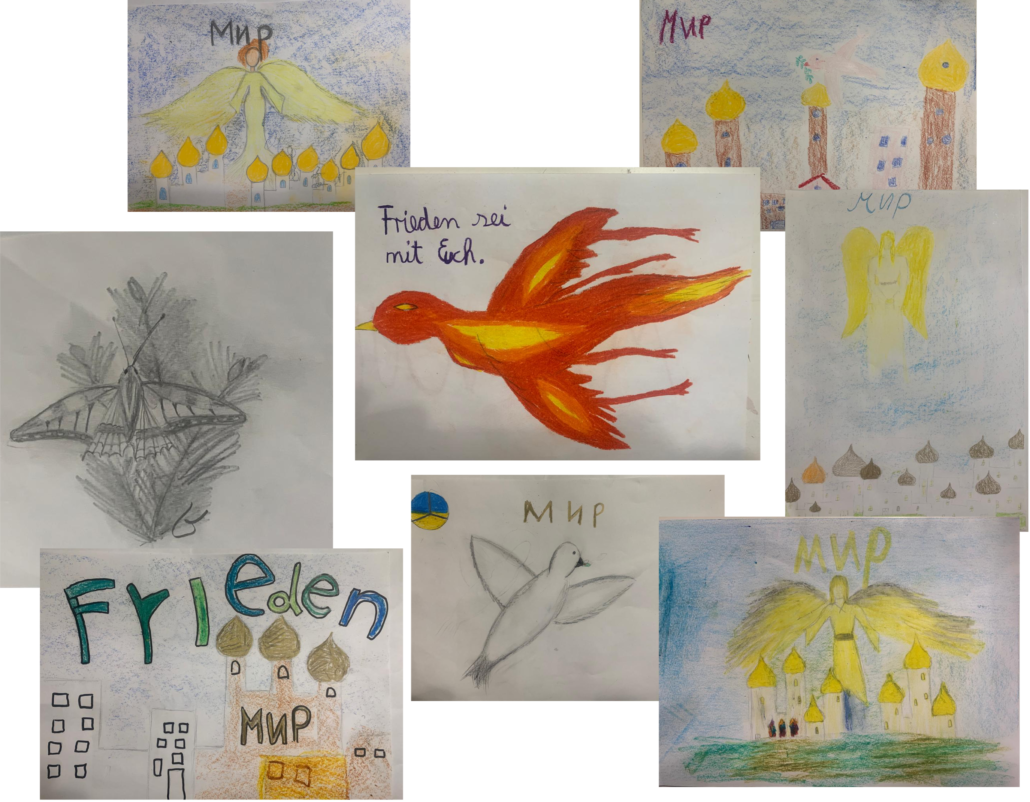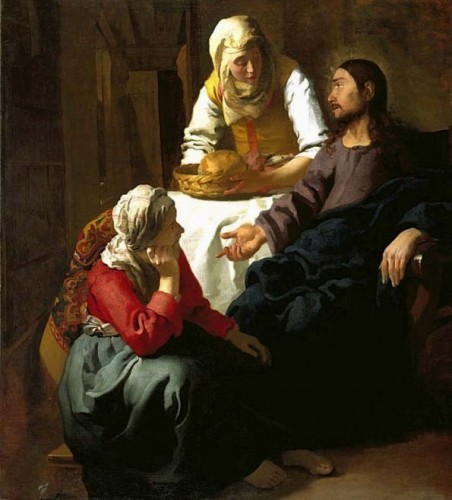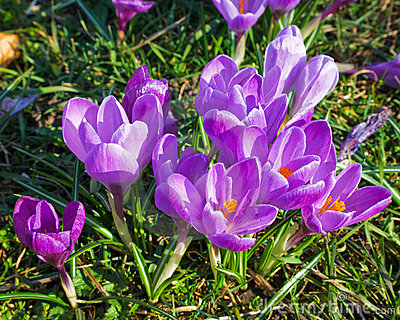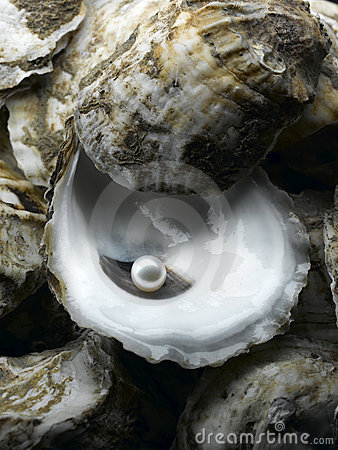Our Humanity
From Rev. Michael Latham, priest to the San Francisco congregation, writing from Germany:
Here the war is more immediate.
Not because there is more news coverage, not because there is more consciousness, not even because we are closer in distance. No, the immediacy is in meeting the “refugees”. They have names, biographies, and homes they have been forced to flee. They have voices that tell the story of their journeys. They have brought everything they can carry in their arms with them.
Maria is 33 years old.
She celebrated her birthday with us on Thursday in the community house, surrounded by people she had only met a few days earlier. She speaks neither English nor German. She speaks her mother tongue Ukrainian. She has bright eyes and a bright smile that seems incongruent to her story. She is destined to bring joy into this world. Beside her, sitting at her birthday dinner, are her two children, Varvara, who is 12 and Elizer, who is 9.
They are deeply, lovingly connected to one another and with the infectious joy of their mother. They run up and down the stairs in the community house with the free abandonment of children. Gisela Thriemer, the priest here, is teaching them German. How to count, how to name things they are eating. And they both agree that ice cream is their favorite food!
They also brought a cat with beautiful blue/grey fur who wants to know who everyone is, because he is also part of the family.
Maria is – was – a music teacher at a Waldorf school in Kyiv. She is also a cellist. She escaped to Poland with her two children and the cat, and anything they could carry in the way of clothing. There, she was met by a friend living in Darmstadt, Germany who brought her to this town where she stayed on a couch until more refugees arrived, then she needed to move out.
She came to the church on a Sunday, and asked the priest, Gisela, if she could help her to find a place to stay. Gisela did not know Ukrainian so called a friend to translate, while Maria stood by her. ‘Can you help me?’ She is now staying in a room in the community house sometimes used by an intern, to live there for now with her two children and the cat.
Maria plays cello. During a service for peace on Wednesday evening in the church, she joined the beautiful musicians and choir in Darmstadt to play together. The congregation was invited to say prayers, light a candle, then place it in a golden basin filled with water. Many children and families were there; older and younger members sung together. Dona Nobis Pacem was sung, reminding me of our service for peace a week earlier in San Francisco, where we sang this also.
Maria played the cello, loaned to her by one of the congregation. It was beautiful, soulful, and poignant. Yet nothing prepared us for a Ukrainian folk song she sung accompanied by the guitar. It didn’t so much reach our ears and bring its haunting melodies into our hearts. It tore apart the soul – tears were rolling down many eyes. The pain of our human desolation was laid before us.
After this we began the vespers service, candles on the altar were lit.
The trinity crosses that we all share…
The Father-God,
The Son-God,
The Spirit-God.
Then the trinity epistle…
Conscious of our humanity…
Aware of the Christ in our humanity…
Grasping the Spirit through our humanity…
What is said and done at the altar is more immediate.
We have become connected to all our brothers and sisters through our humanity.
Before I joined Maria, her children, and friends at her birthday dinner, I joined Micky Eisele and his sister Julia Eisele-Nazael. Years earlier I had the blessing to accompany a youth group from Darmstadt on a trip to Namibia. Micky was a teenager then, and there in Africa I had the pleasure of getting to know him on his journey towards adulthood.
Julia had been left a rather large, old house from her grandmother. It remained empty of all furnishings until last Thursday night. With Micky and a large van, borrowed from a farmer nearby his home, we went door to door of several members of the community, picking up dressers, dining tables, lamps, bedding, kitchen cookware, plates, knives and forks, and a washing machine and dryer. Julia packed her car with bedding. The three of us filled the house with donated furniture and basic cleaning supplies for the next arrivals:
A mother with two children 9 and 12 years old.
A mother with a daughter 14 years old.
A mother with an 8-month-old baby.
The grandmother to this baby.
A mother with her 4-year-old child and their dog.
They would be arriving in 3 days, also coming through Poland.
The following day we, Gisela Thriemer & I, made our way to Berlin for the ordinations of the priests. She was often on the phone coordinating what was still needed to receive these displaced human beings, and to make sure the beds would arrive at this house on time for their arrival. Although I had helped a little, I felt that there is still so much I could do. But what?
As we alighted in the Berlin Central Train Station, my thoughts were turning to meeting my colleagues and my ordination brothers & sisters that I have not seen in 2 years.
We were on track 10. Directly opposite on track 8, there is a very long and wide platform where people wait for the train. We both stopped and stood overwhelmed. On this platform a sea of humanity was gathered. Thousands were packed together waiting for a train. Many, many women and children with bags and rucksacks.
Deutsche Bahn have given the refugees free passage to anywhere in Germany. These were the ‘refugees’ from Ukraine, arriving now from Poland, waiting for trains to take them to many different towns and cities in the south. There were helpers in day-glo vests with signs inviting those seeking shelter to come and speak with them.
As we moved into the main part of the station, I saw families with little children huddling in groups on the floor of the station, comforting the children, feeding them, playing games.
Holding their children to keep them free of the uncertainty and the unknown of their lives.
Tears welled up in my eyes. I thought everything I was about to do seemed superfluous, silly even – to go on when there are so many needing help. What do you do?
Meeting my colleagues, my friends, my fellow walkers with Christ, we all feel this. It’s not something you can avoid. We are all overwhelmed by the need in front of us. The communities in Germany are responding. They help in any way they can.
Later we prayed together in our vestments, celebrating the arrival of new colleagues into our circle. The heavens opened once more to receive and bless them, and us.
We are a small worldwide church really. Yet, we have been given something so precious & real that we barely know its significance. And its power.
The Sun Being of Christ alights at the altar, and we can unite with Him there. His Body and Blood is given to us, to strengthen us, so we may step into this world of conflict and separation. We can help unite with all our brothers and sisters struggling all over the world. We can share out of this cup of life, the communion for the evolving of our humanity.
My colleague Guido Rosell in Berlin asked if I would co-celebrate with him this morning, as his colleague was feeling unwell. The time came for communion. I stood beside my ordination brother at the altar and knew, no matter if it is in San Francisco or in Berlin, this sacrament lives as the sun-filled power needed for our time on this earth and for the journey onwards after we leave it.
I feel blessed to have received my ordination in this church. I feel blessed to have met you, dear community of Christians, who strive with open hearts to bring the real presence of Christ into this world-time that is desperate, and aching, for His Love.
For Maria, Varvara & Elizer.
–Rev. Michael Latham
These pictures below were drawn by the students of the 5th-grade religion class in the Waldorf School in Darmstadt.
The word painted is pronounced “MIR” and is the Ukrainian word for peace.
Frieden sei mit Euch – is German for Peace be with you.





